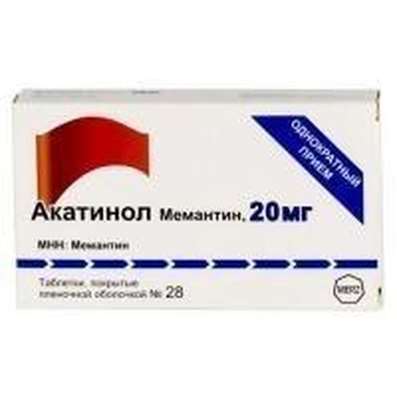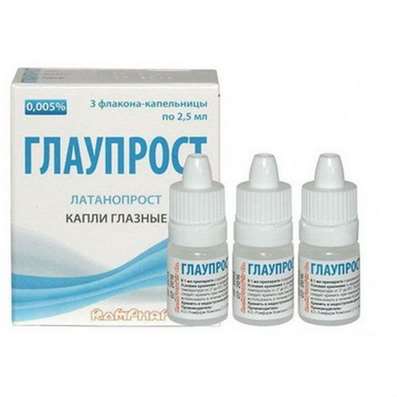Instruction for use: Sulindac (Sulindacum)
I want this, give me price
Pharmacological group
NSAIDs - Derivatives of acetic acid and related compounds
Nosological classification (ICD-10)
M00-M25 Arthropathy
M05 Seropositive rheumatoid arthritis
Rheumatoid arthritis seropositive
M10 Gout
Exacerbation of gout, Acute articular attack with gout, Acute gouty attack, Gouty attack, Recurrent gout attacks, Chronic gout
M15-M19 Osteoarthritis
M45 Ankylosing spondylitis
Ankylosing spondylarthrosis, Marie-Strumpel disease, Ankylosing spondylitis, Pain syndrome in acute inflammatory diseases of the musculoskeletal system, Pain syndrome in chronic inflammatory diseases of the musculoskeletal system, Bechterew's disease, Ankylosing spondylitis, Diseases of the spinal column, Rheumatic spondylitis, Bechterew-Marie-Strumpel disease
M54.3 Sciatica
Ishialgia, Neuralgia of the sciatic nerve, Sciatic neuritis
M71 Other bursopathies
Bursitis, Bursopathy, Diseases of soft tissues, Osteoarthritis in musculo-articular diseases, Inflammatory disease of soft tissues, Subacute bursitis
M77.9 Other unspecified
Capsule, Periarthritis, Tendonitis, Tendopathy, Periarthropathy
Code CAS 38194-50-2
Characteristics of Sulindac
Yellow crystalline powder; almost insoluble in water.
Pharmacology
Pharmacological action - anti-inflammatory, antipyretic, antiaggregational, analgesic.
It blocks cyclooxygenase and reduces the concentration of thromboxanes and PG, which causes suppression of the exudative and proliferative phases of inflammation. Reduces the content of serotonin, histamine and bradykinin, as well as an increase in the threshold of perception of pain receptors underlie the analgesic effect. At the center of thermoregulation, it inhibits the release of PG (prostaglandins), which leads to an increase in heat transfer (it does not affect heat production). The mechanism of antiaggregatory action is associated with a relative increase in the prostacyclin concentration (PGI2) against a background of a decrease in the concentration of thromboxanes.
Quickly and completely absorbed into the digestive tract. It is subject to rapid biotransformation in the liver with the formation of an active sulphide metabolite. Cmax of sulindac - after 2-4 hours, its metabolite - after 1.7 h, T1 / 2 - 7.8 h, metabolite - 16.4 h. The kidneys deduce 50% of sulindac and 1% of its metabolite, 25% of metabolite - with faeces. Most of the metabolite undergoes secondary hepatoenteric circulation.
Application of Sulindac
Rheumatoid arthritis, osteoarthritis, ankylosing spondylitis, gout, bursitis, tenosynovitis.
Contraindications
Hypersensitivity, peptic ulcer of the stomach and duodenum, ulcerative colitis, bronchial asthma, heart failure, edema, arterial hypertension, hemophilia, hypocoagulation states, hepatic-renal failure.
Restrictions for use
Pregnancy. It is necessary to stop breastfeeding for the period of treatment. There is no information on the safety of use in children.
Side effects
NSAID-gastropathy: nausea, abdominal pain, heartburn, diarrhea; bleeding: gastrointestinal, gingival, hemorrhoidal, uterine; bronchospasm, heart failure, edema, arterial hypertension, headache, dizziness, photophobia, hepatic-renal failure, agranulocytosis, leukopenia, anemia, allergic reactions.
Interaction
Strengthens the effects of anticoagulants, antiaggregants, fibrinolytics, oral hypoglycemic agents, as well as side effects of mineralocorticoids, glucocorticoids, estrogens, hepato- and nephrotoxic agents. Antacids and cholestyramine slow absorption from the digestive tract (gastrointestinal tract).
Routes of administration
Inside.

 Cart
Cart





